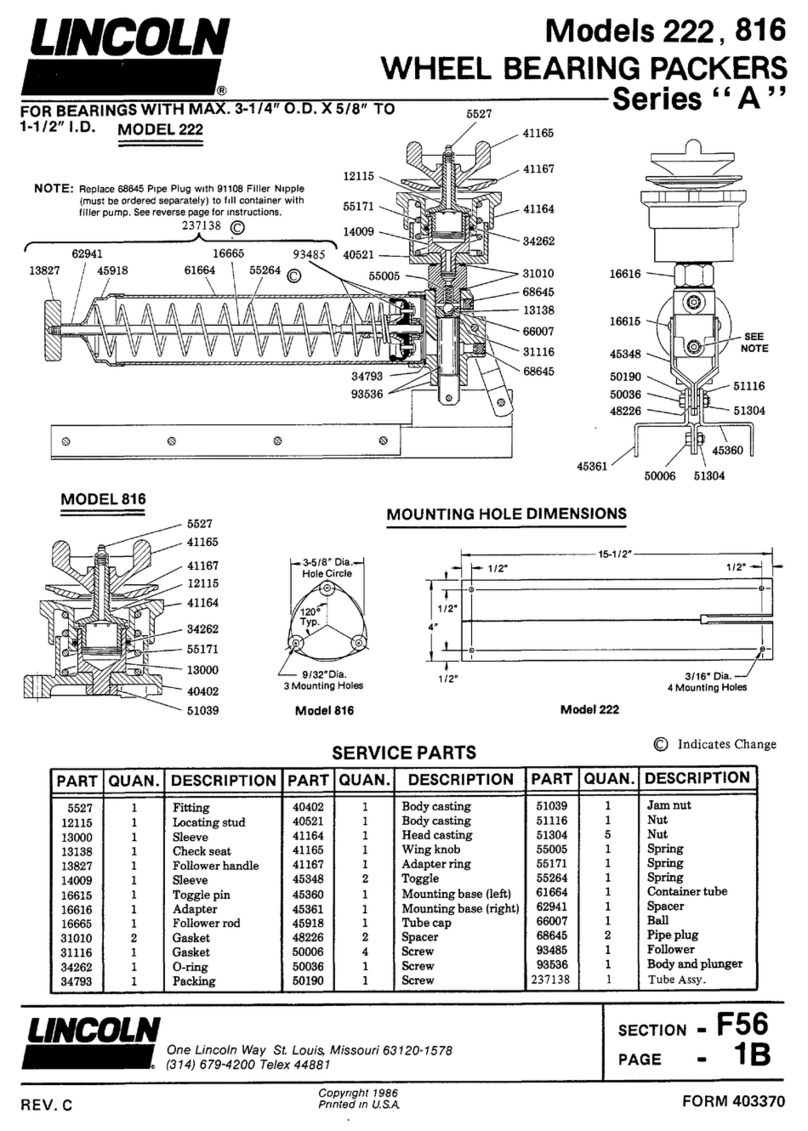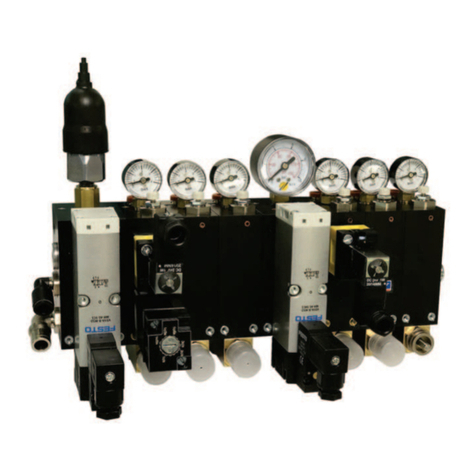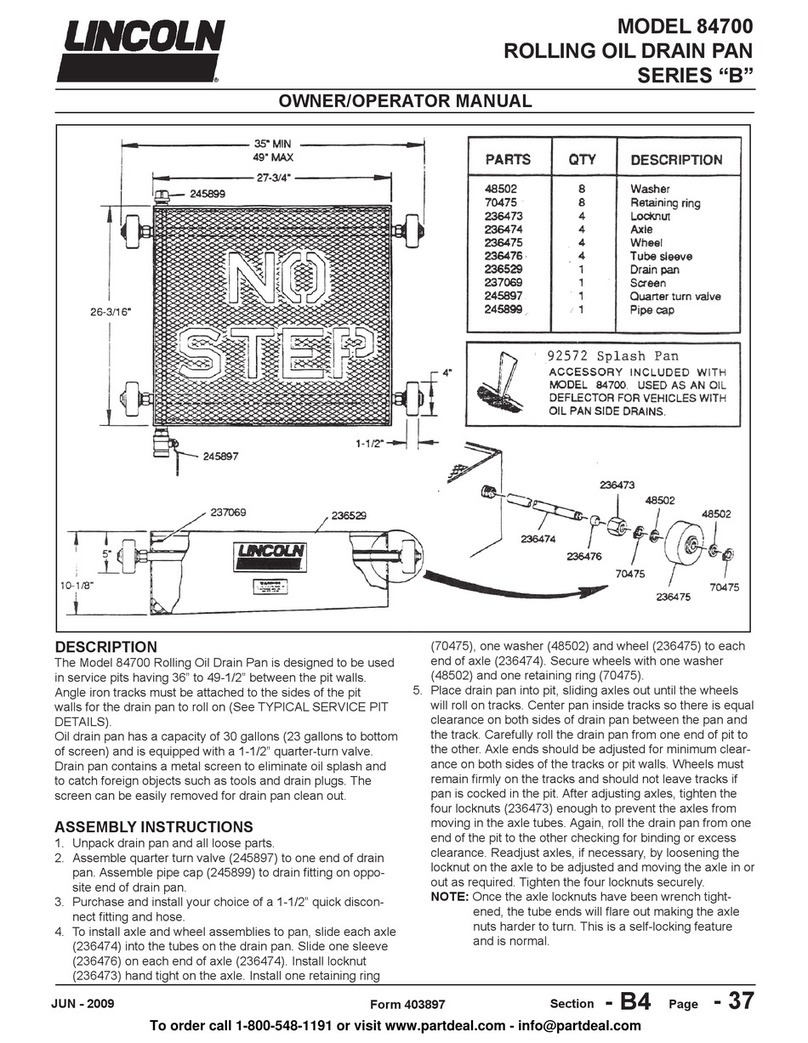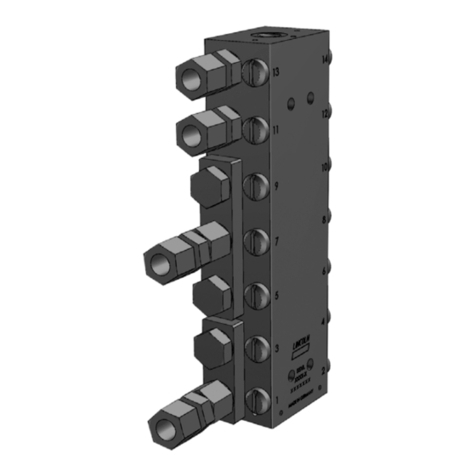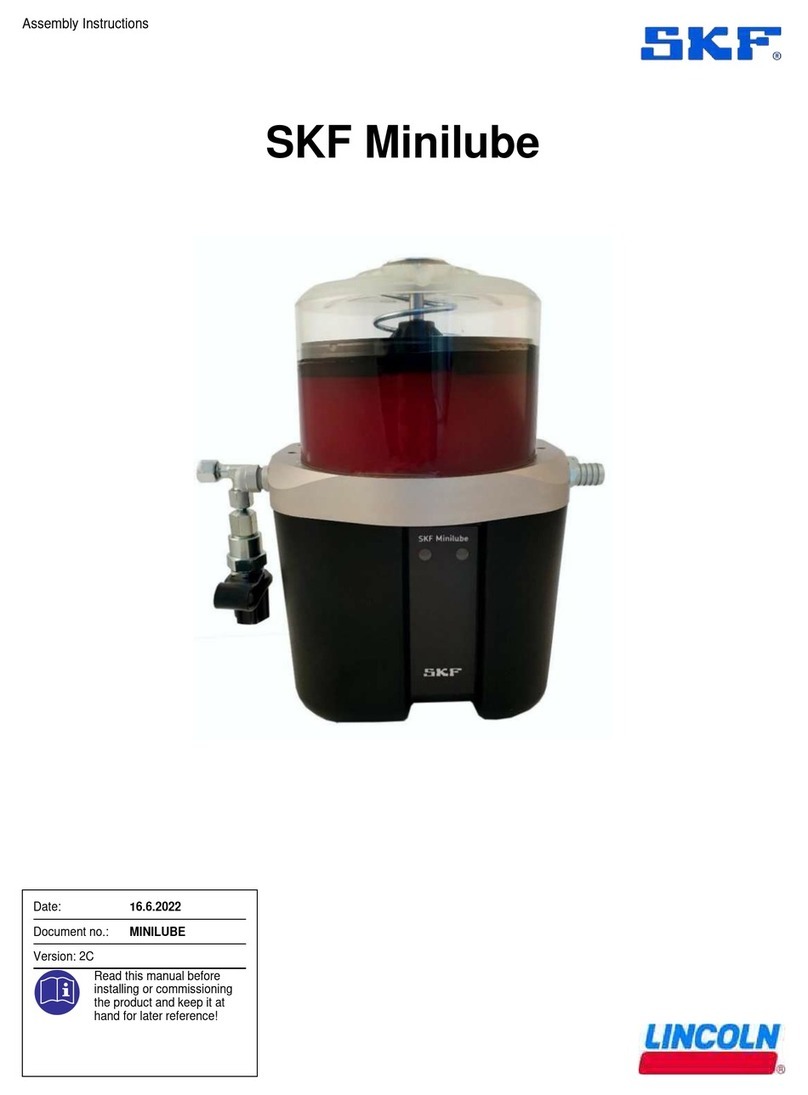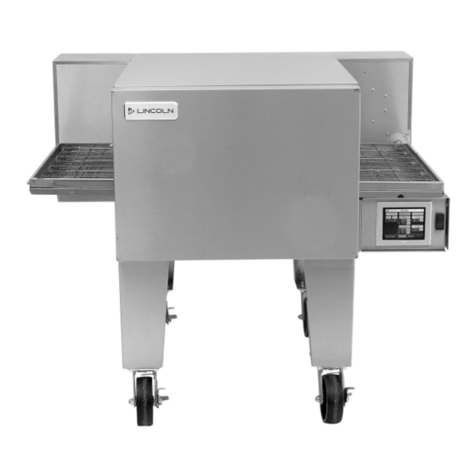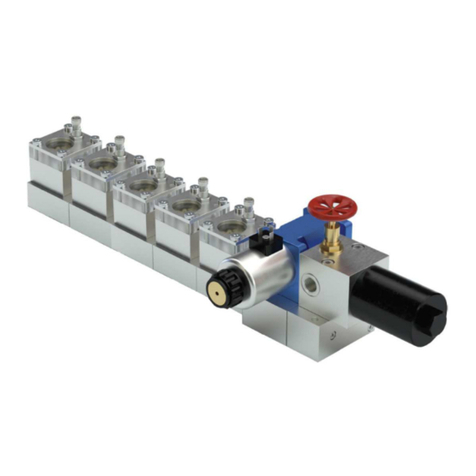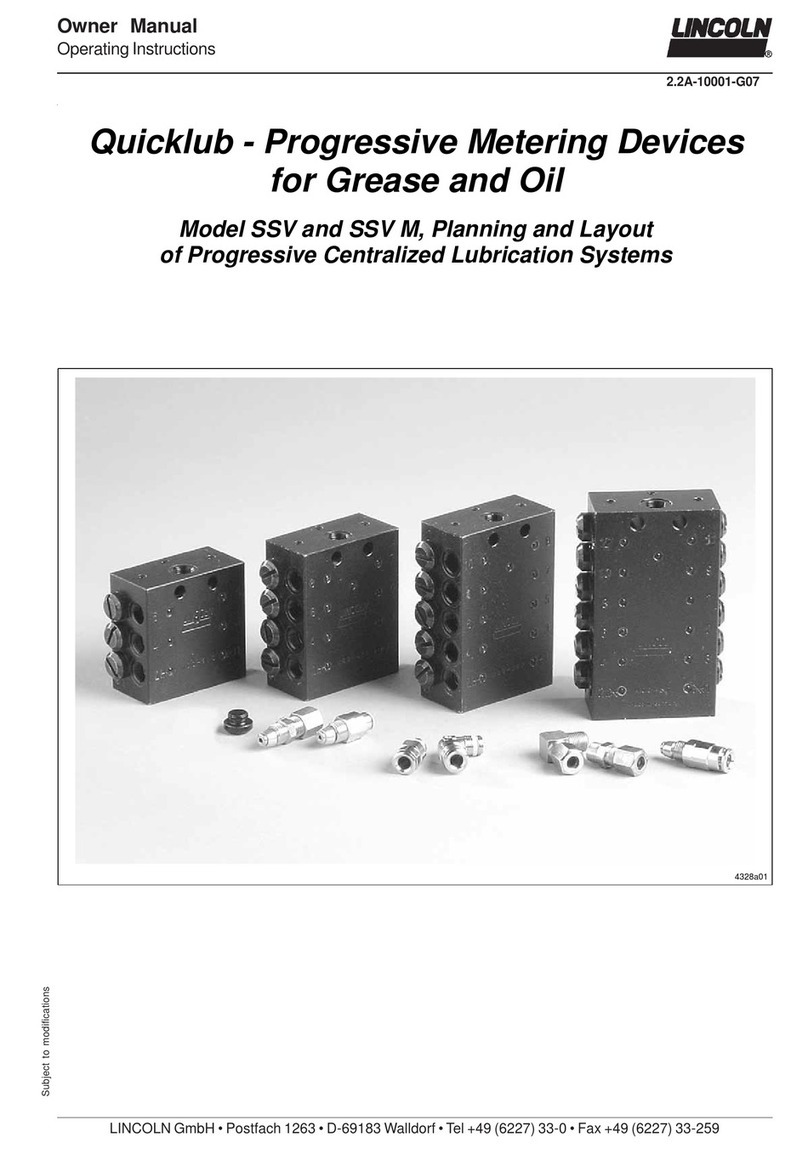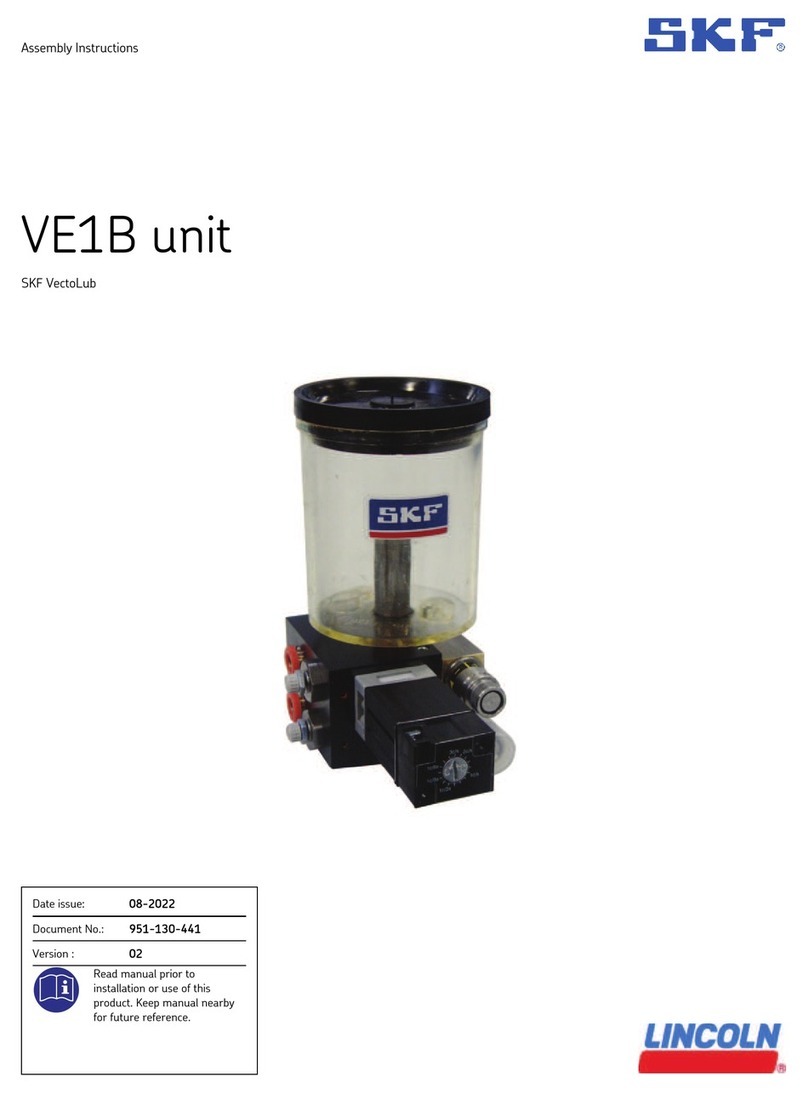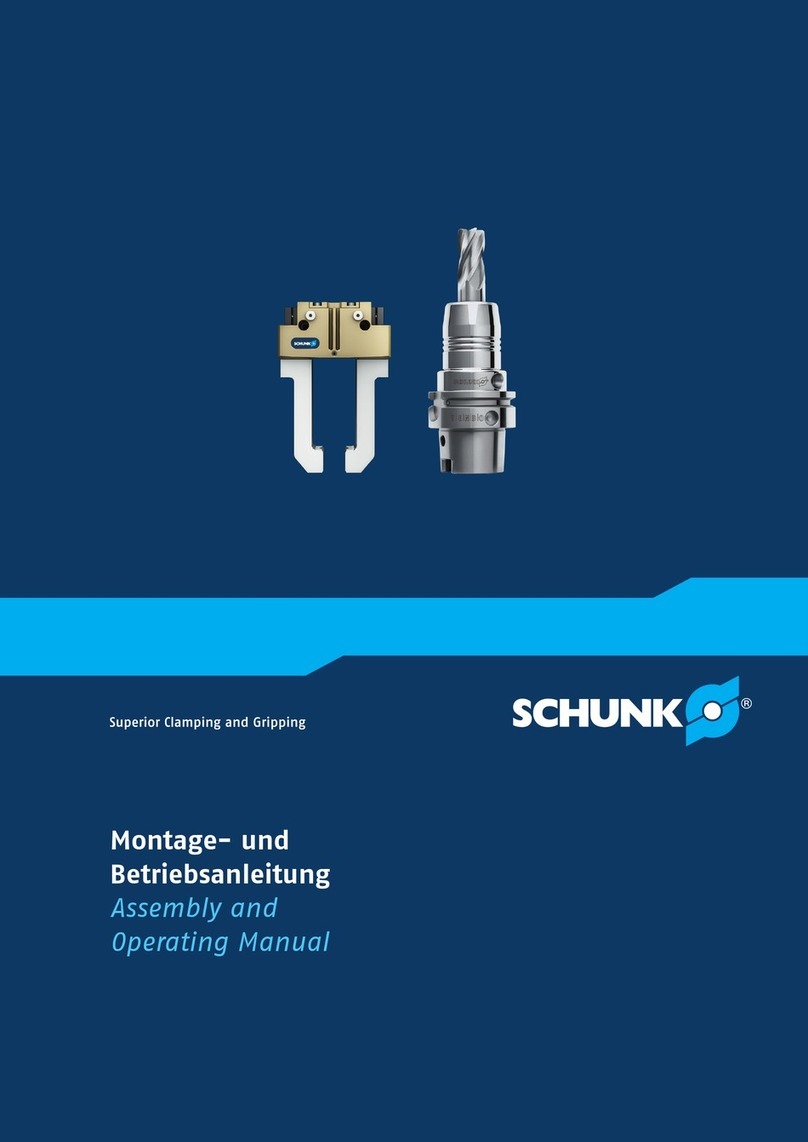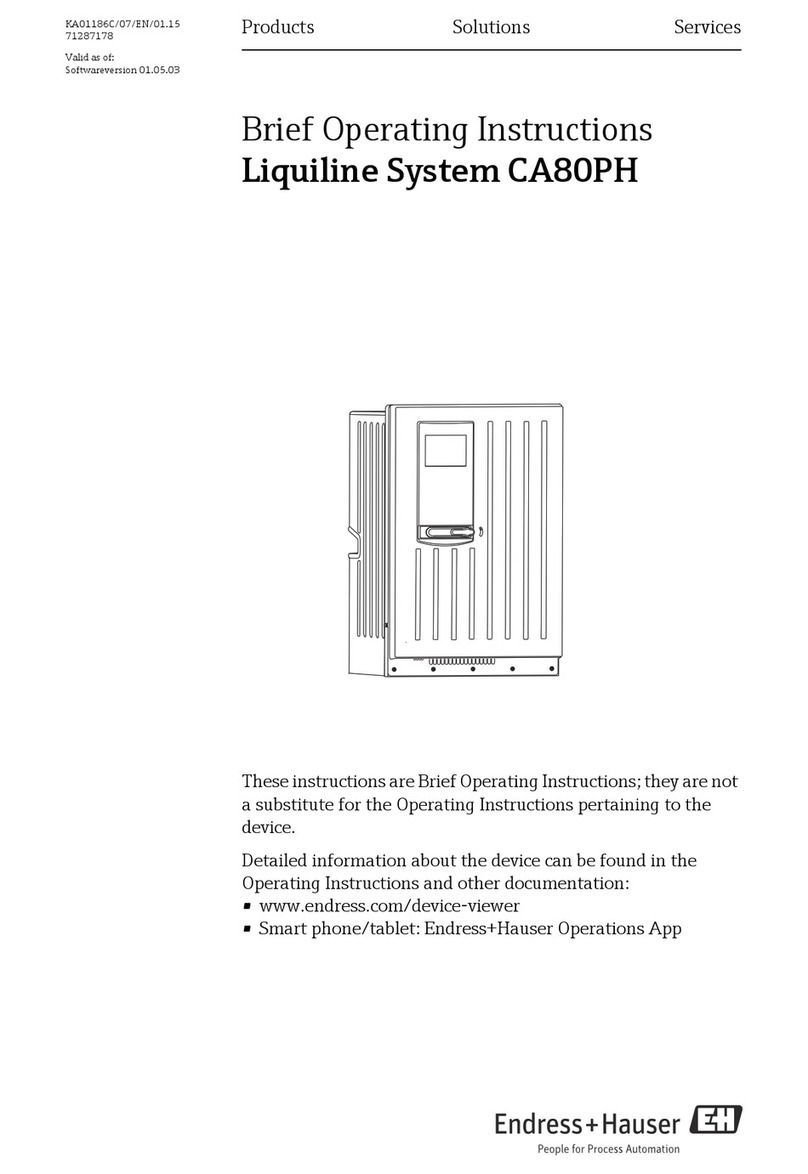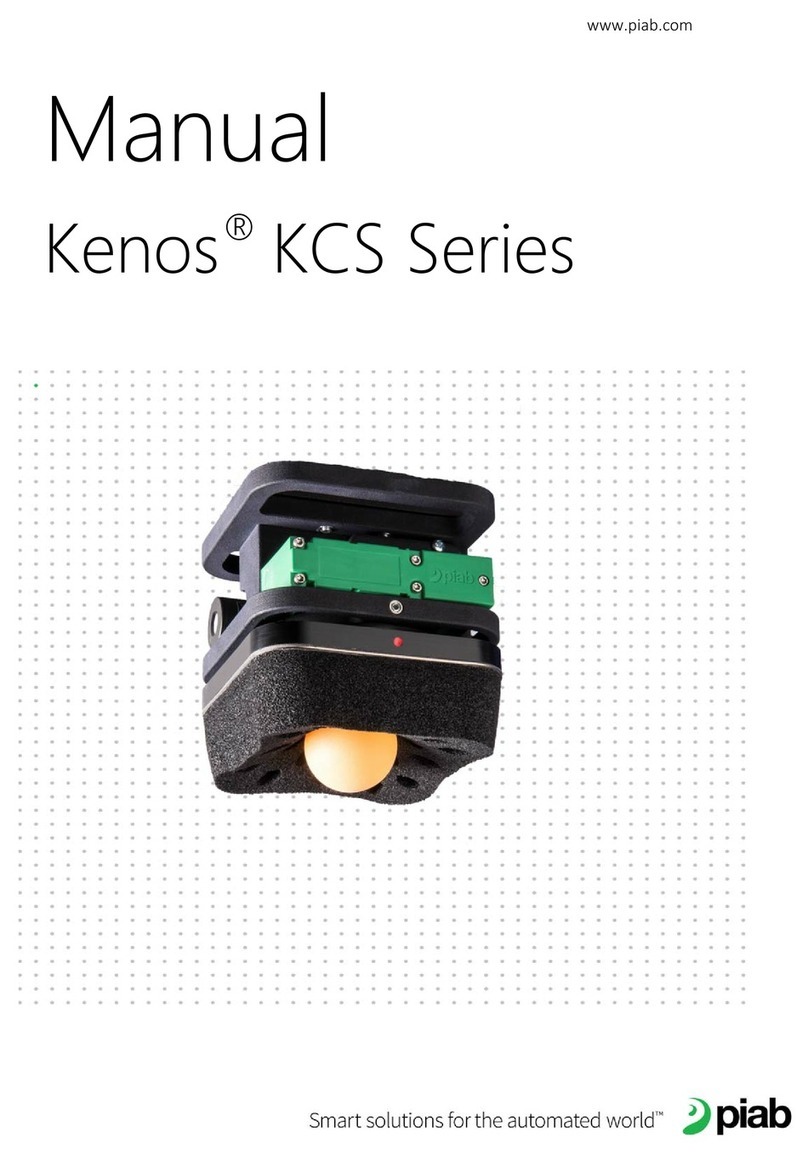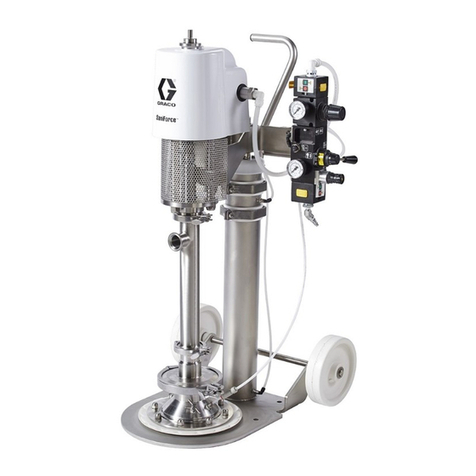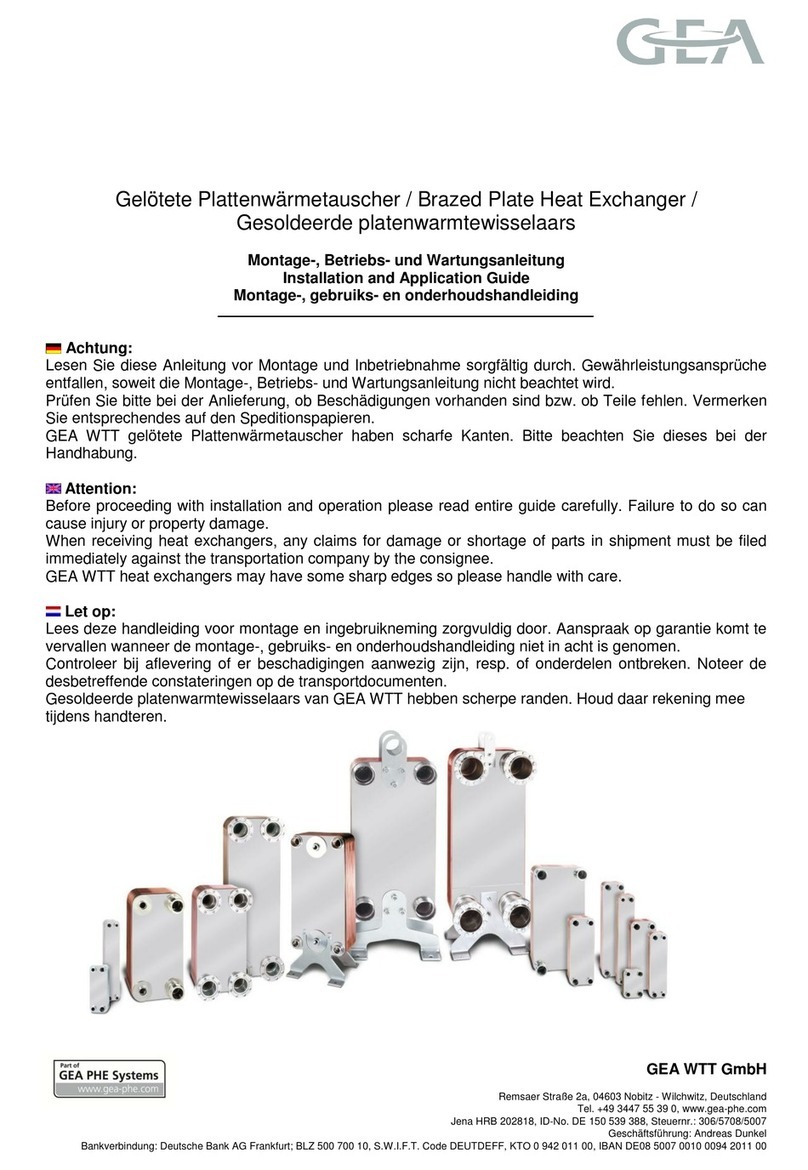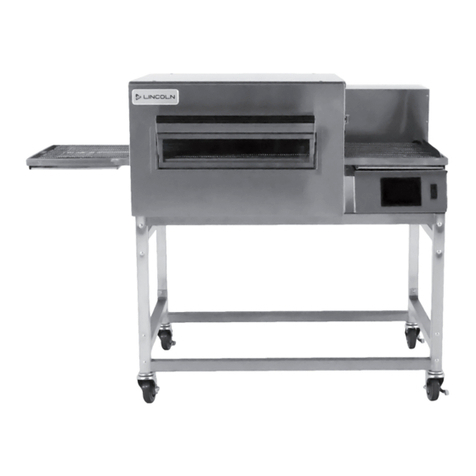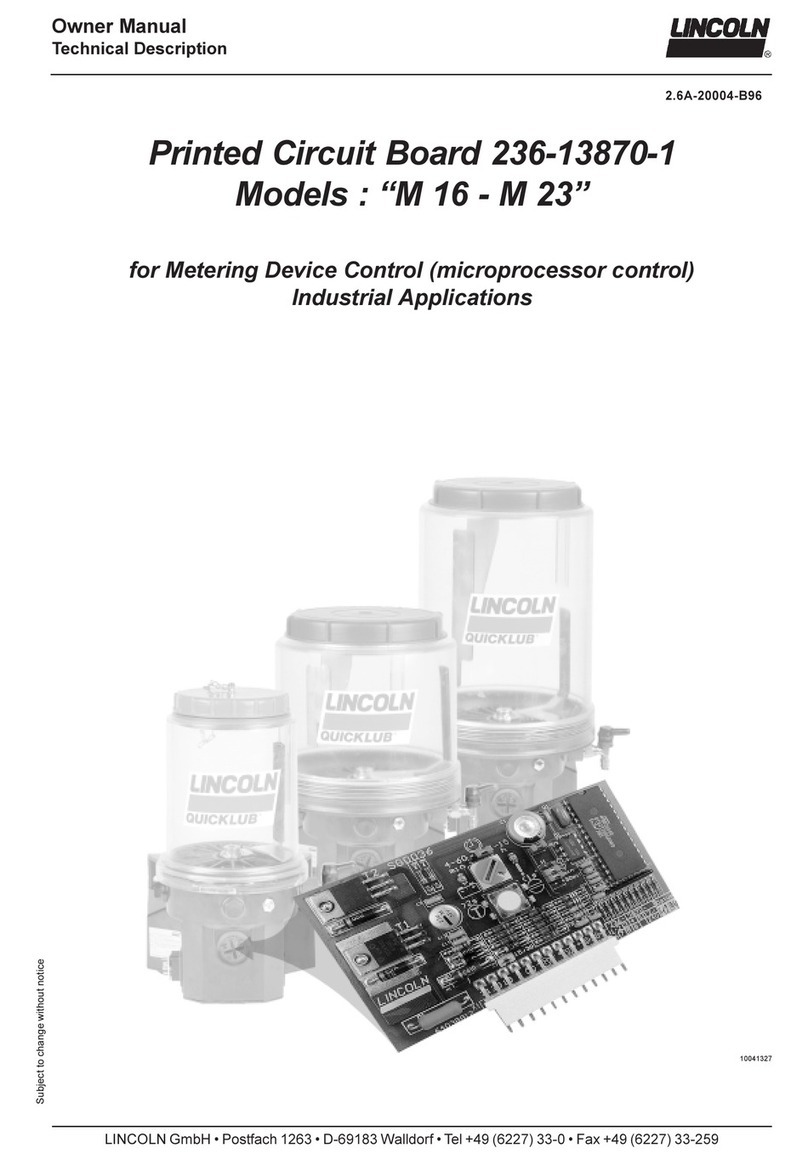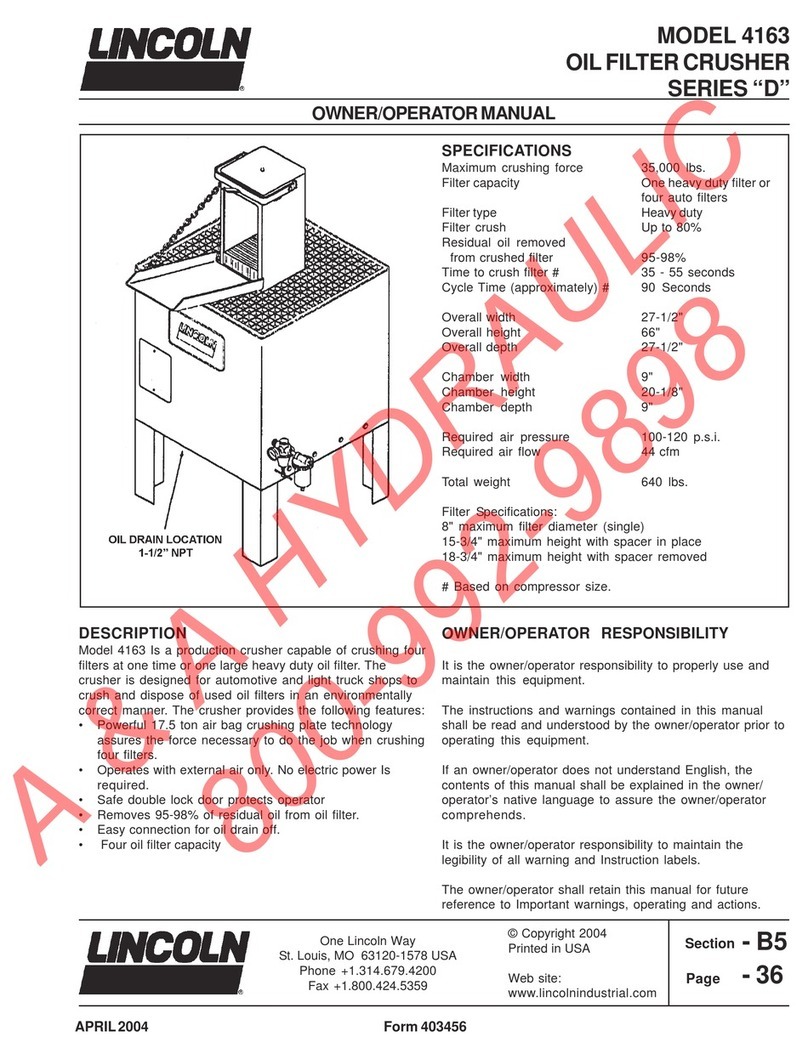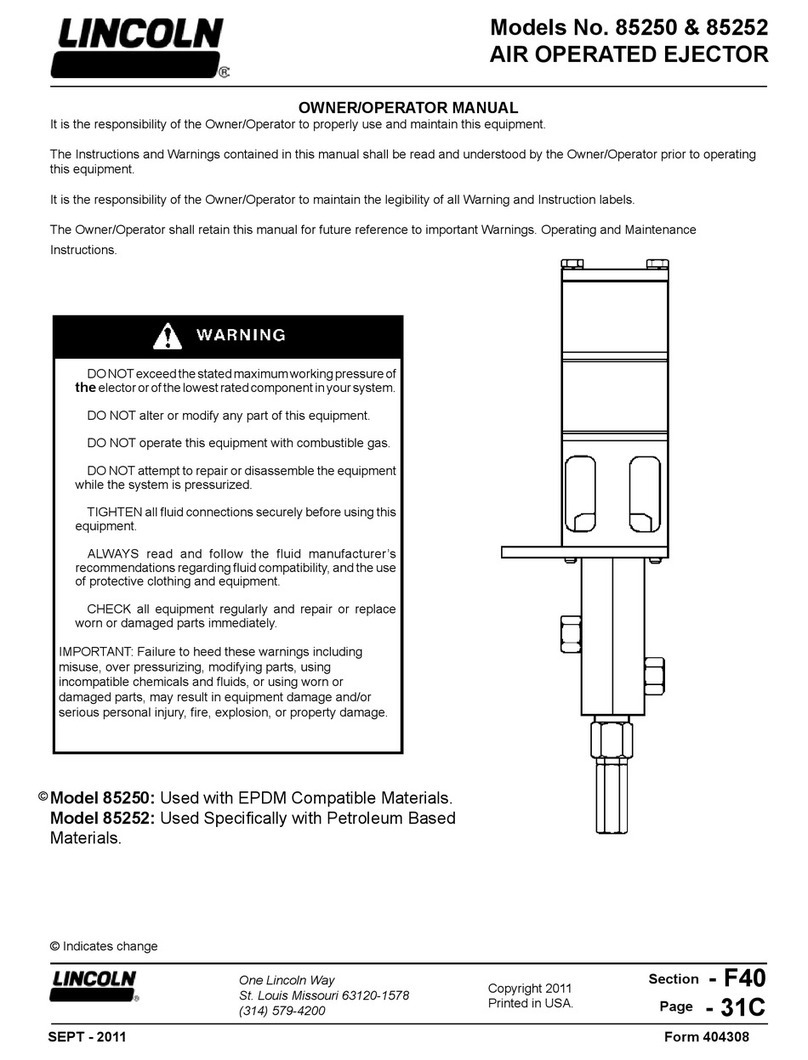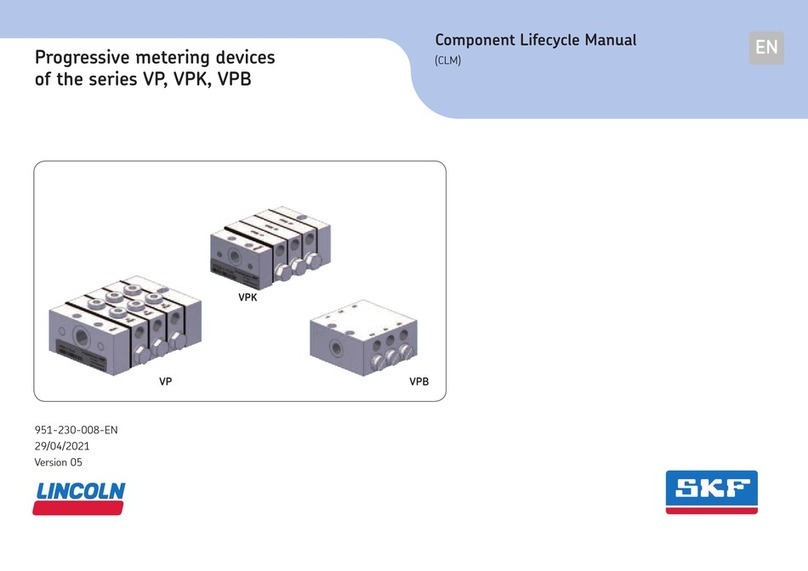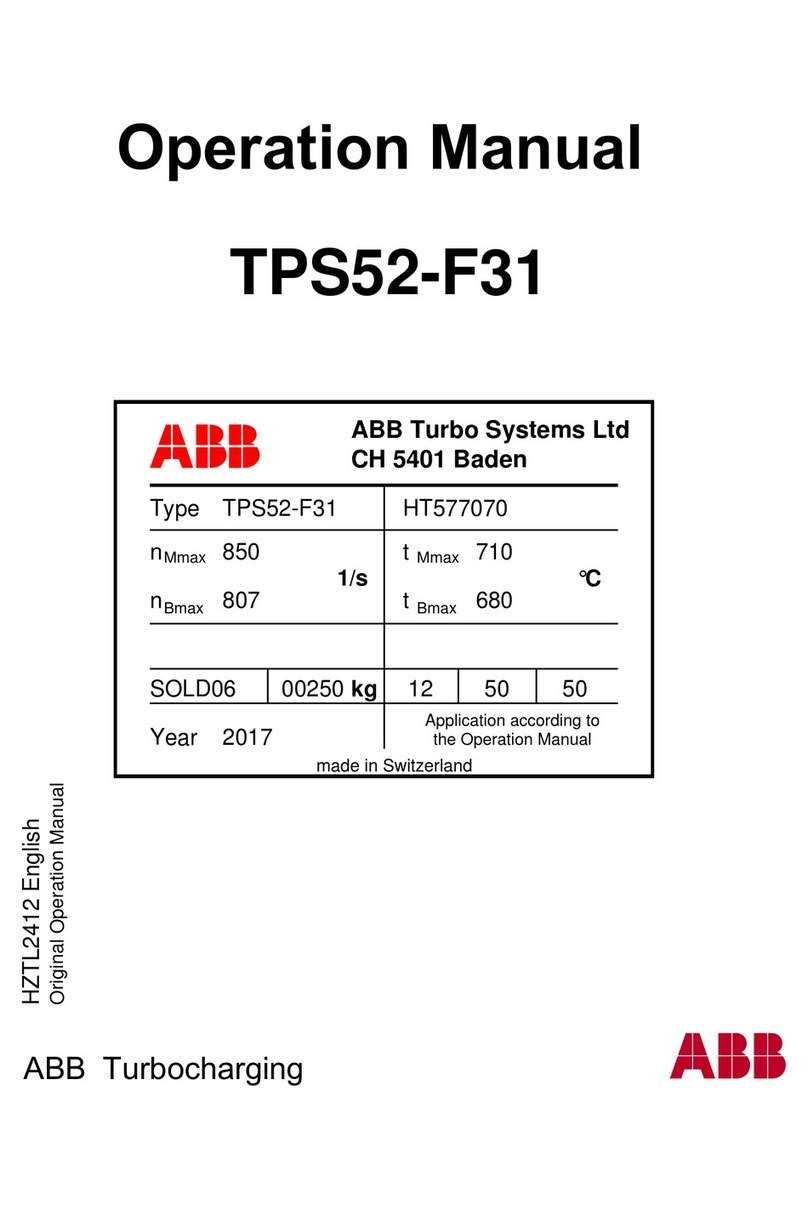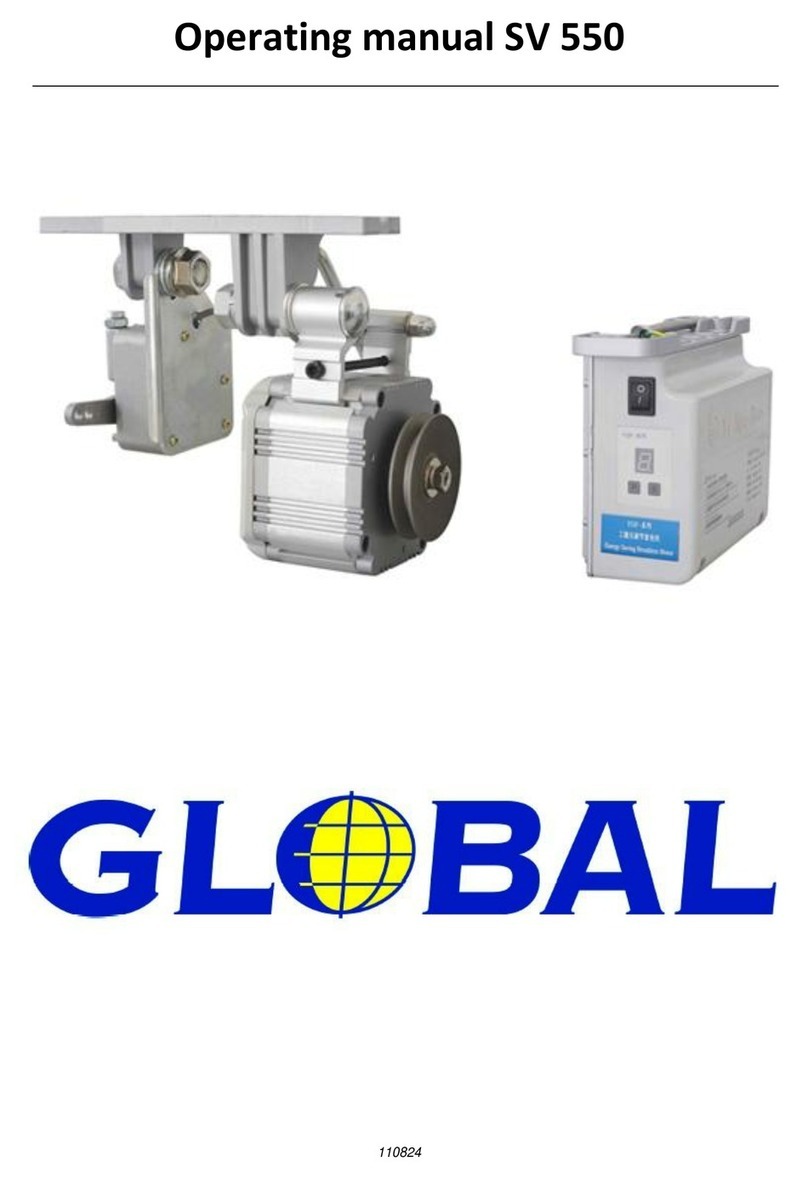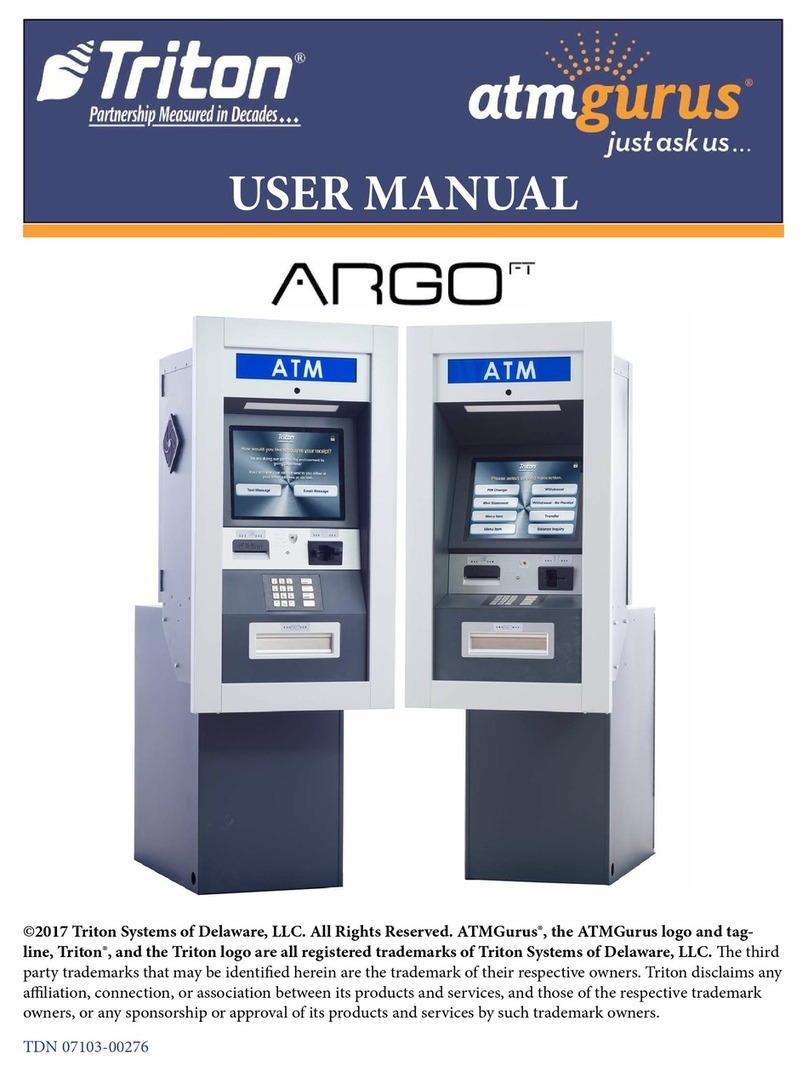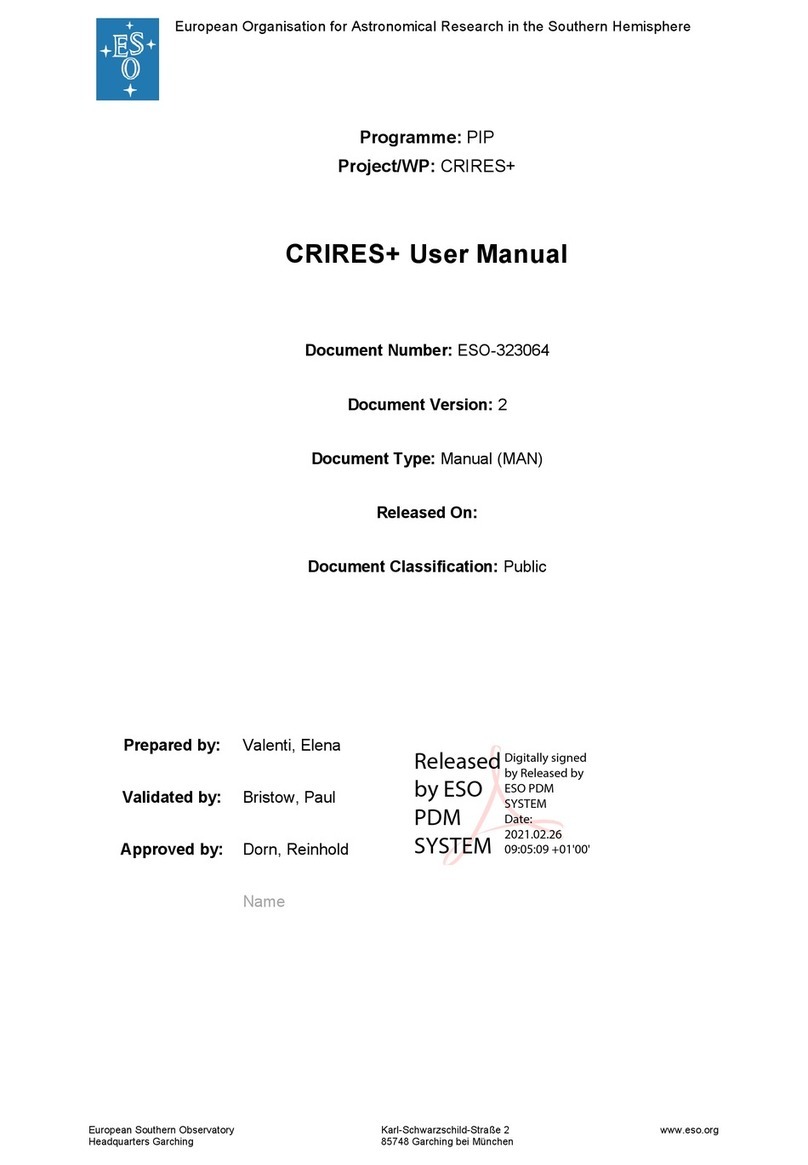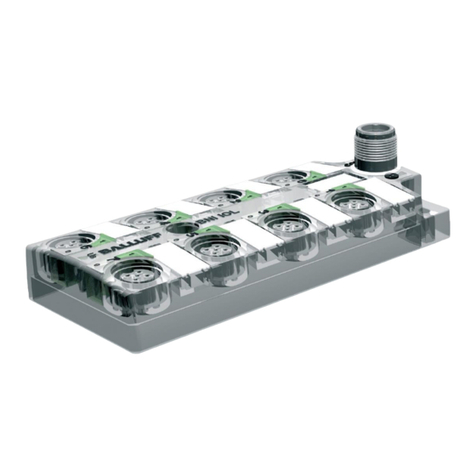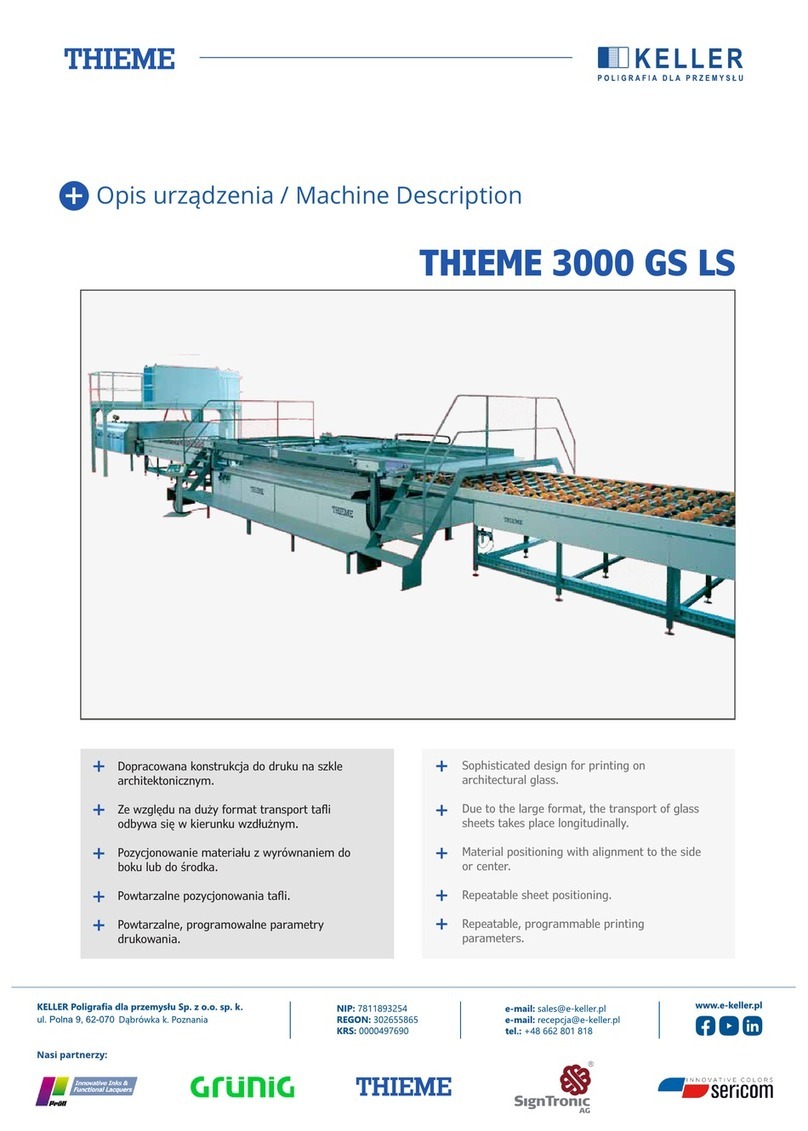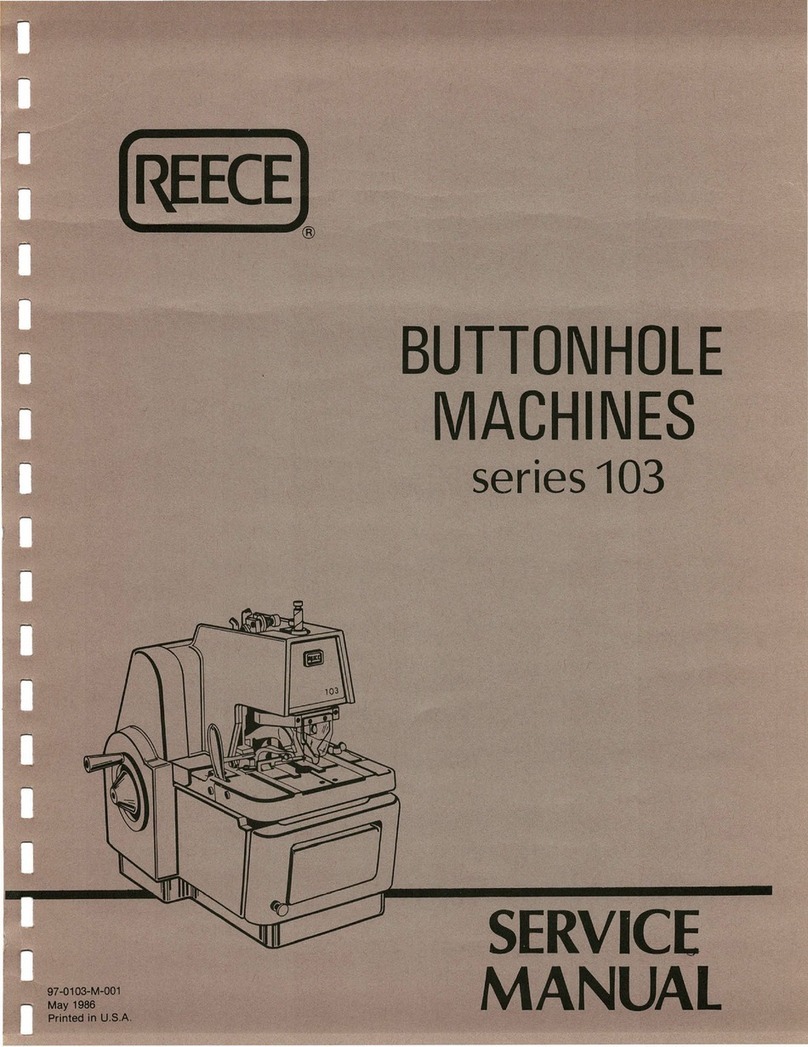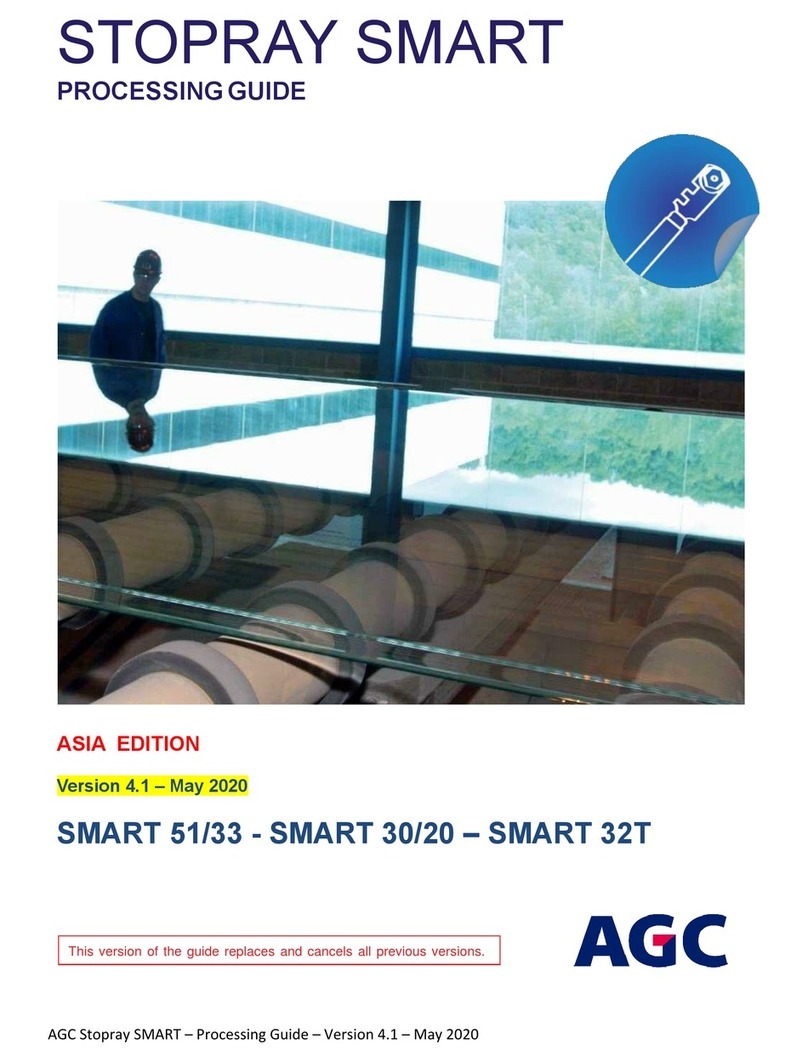
5
Table of contents
Masthead ...............................................................................................4
Table of contents..................................................................................5
Safety alerts, visual presentation, and layout.................................7
1. Safety instructions...........................................................................8
1.1 General safety instructions......................................................8
1.2 General electrical safety instructions.....................................8
1.3 General behaviour when handling the product ...................8
1.4 Intended use...............................................................................8
1.5 Persons authorized to use the product.................................8
1.6 Foreseeable misuse ..................................................................9
1.7 Referenced documents ............................................................9
1.8 Prohibition of certain activities ...............................................9
1.9 Painting plastic components and seals .................................9
1.10 Safety markings on the product ..........................................9
1.11 Note on the type plate ...........................................................9
1.12 Notes on CE marking .............................................................9
1.13 Note on Low Voltage Directive.......................................... 10
1.14 Note on Pressure Equipment Directive........................... 10
1.15 Note on UKCA marking.......................................................10
1.16 Note on EAC marking.......................................................... 10
1.17 Note on China RoHS mark................................................. 10
1.18 Emergency shutdown ......................................................... 10
1.19 Assembly, maintenance, fault, repair............................... 10
1.20 First start-up, daily start-up.............................................. 10
1.21 Residual risks........................................................................ 11
2. Lubricants ...................................................................................... 12
2.1 General information............................................................... 12
2.2 Material compatibility ............................................................12
2.3 Temperature characteristics................................................ 12
2.4 Ageing of lubricants ............................................................... 12
2.5 Avoidance of malfunctions and hazards ............................ 12
3. Overview, functional description................................................ 13
3.1 Principle of minimal quantity lubrication........................... 13
3.2 Principle of aerosol action .................................................... 13
3.3 General functioning and structure...................................... 13
3.3.1 Minimal quantity lubrication .................................... 14
3.4 Main components of a UFD minimal quantity lubrication
system .............................................................................................14
3.4.1 Aerosol generator ...................................................... 14
3.4.2 Control unit ................................................................. 14
3.4.3 Communication interface ......................................... 15
3.4.4 Flow sensor.................................................................15
3.4.5 Lubricant level gauge and fill level monitoring..... 15
3.4.6 Main air valve (compressed air connection).......... 15
3.4.7 Pressure gauge .......................................................... 15
3.4.8 Fine filter for compressed air................................... 15
3.4.9 Lubricant drain valve................................................. 15
3.4.10 Pressure limiting valve ........................................... 15
3.5 Version-specific components............................................... 16
3.5.1 PROFIBUS communication interface...................... 16
3.5.2 PROFINET communication interface...................... 18
3.5.3 Automatic filling pump.............................................. 19
3.5.4 Automatically controlled bypass valve – bypass
control.....................................................................................19
3.6 System versions and type identification code................... 21
3.6.1 Minimal quantity lubrication systems with one or
two aerosol generators........................................................22
4. Technical data ............................................................................... 42
4.1 Type identification code.........................................................43
4.1.1 UFD10..........................................................................43
4.1.2 UFD20..........................................................................43
5. Delivery, returns, storage............................................................ 44
5.1 Delivery.....................................................................................44
5.2 Return shipment.....................................................................44
5.3 Storage.....................................................................................44
5.4 Storage temperature range .................................................44
5.5 Storage conditions for products filled with lubricant....... 44
5.5.1 Storage period up to 6 months...............................44
5.5.2 Storage period between 6 and 18 months........... 44
5.5.3 Storage period more than 18 months...................44
5.6 Declaration of decontamination ..........................................44
6. Assembly ........................................................................................ 45
6.1 General.....................................................................................45
6.2 Installation location................................................................45
6.3 Mechanical connection ..........................................................45
6.3.1 Minimum mounting dimensions .............................45
6.4 Tightening torques................................................................. 45
6.5 Assembly holes .......................................................................45
6.5.1 Attachment of the MQL systems.............................46
6.6 Installation dimensions and minimum mounting
dimensions......................................................................................46
6.6.1 MMS UFD10-1-100000 und UFD10-1-101000
.................................................................................................46
6.6.2 MMS UFD10-1-200000 und UFD10-1-201000
.................................................................................................47
6.6.3 MMS UFD10-1-110000 und UFD10-1-111000
.................................................................................................48
6.6.4 MMS UFD10-1-210000 und UFD10-1-211000
.................................................................................................49
6.6.5 MMS UFD20-1-100000 und UFD20-1-101000
.................................................................................................50
6.7 Connection of aerosol lines................................................... 51
6.7.1 General instructions for the connection of the
aerosol lines...........................................................................51
6.7.2 Connecting the aerosol lines to an MQL system
with bypass control...............................................................52
6.7.3 Connection of the aerosol lines to an optional SKF
aerosol monitor (AM1000) .................................................52
6.8 Electrical connection .............................................................. 54
6.8.1 Connector pin assignment for standard
configurations........................................................................54
6.8.2 Possible connections by the customer with UFD10-
1-1XX000 with PROFIBUS................................................. 54
6.8.3 Possible connections by the customer with UFD10-
1-2XX000 with PROFINET ................................................. 55
6.8.4 Possible connections by the customer with UFD10-
1-20000 / UFD10-1-201000........................................... 56
6.8.5 Possible connections by the customer with UFD10-
1-110000 / UFD10-1-111000 ........................................57
6.8.6 Possible connections by the customer with UFD10-
1-210000 / UFD10-1-211000 ........................................58
6.8.7 Possible connections by the customer to an
optional SKF aerosol monitor (AM1000) .........................59
6.9 Pneumatic connection...........................................................60




















